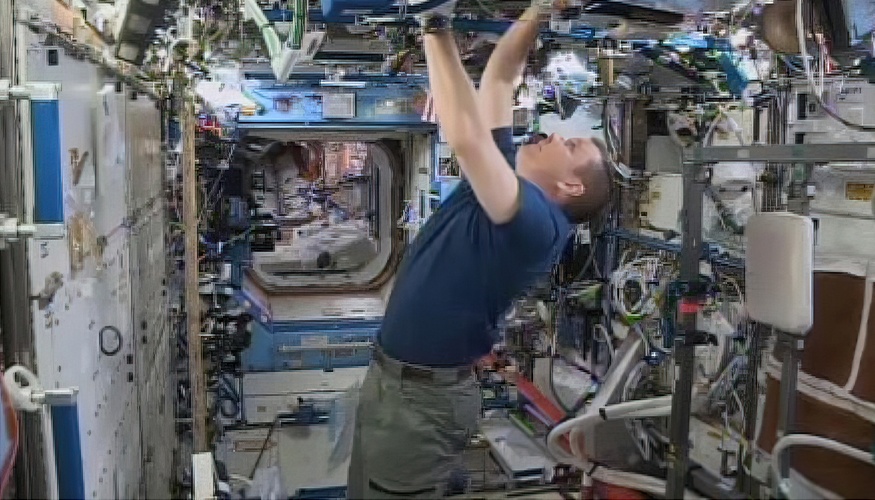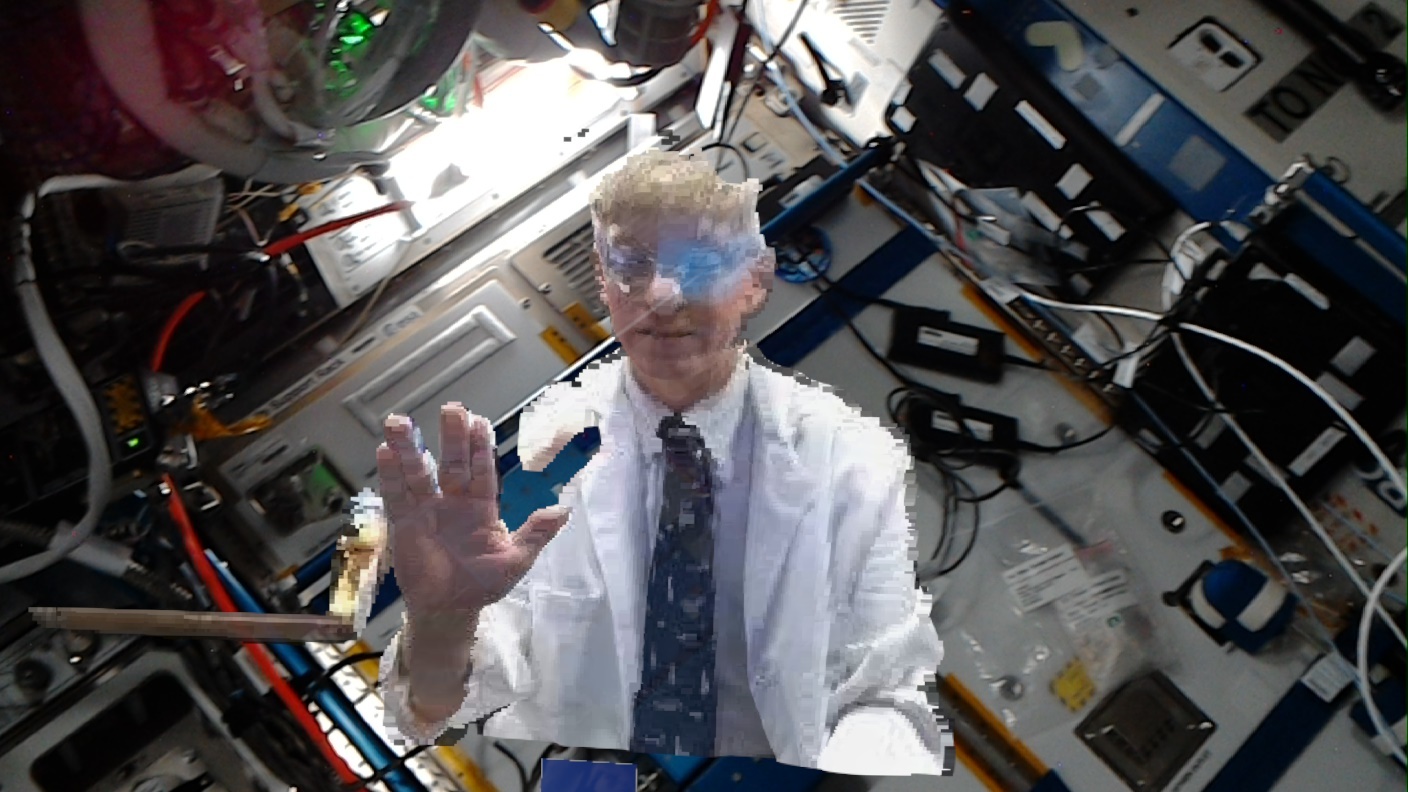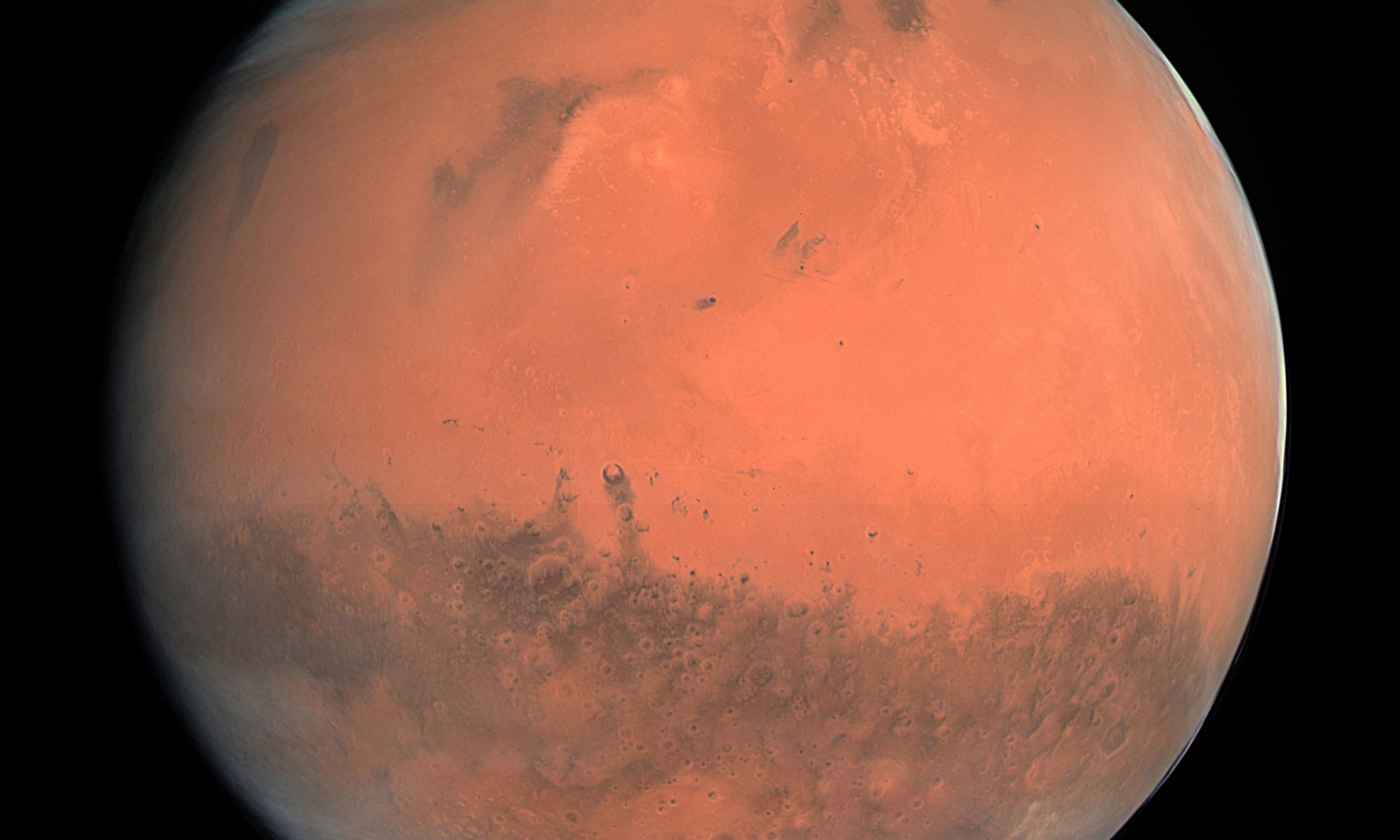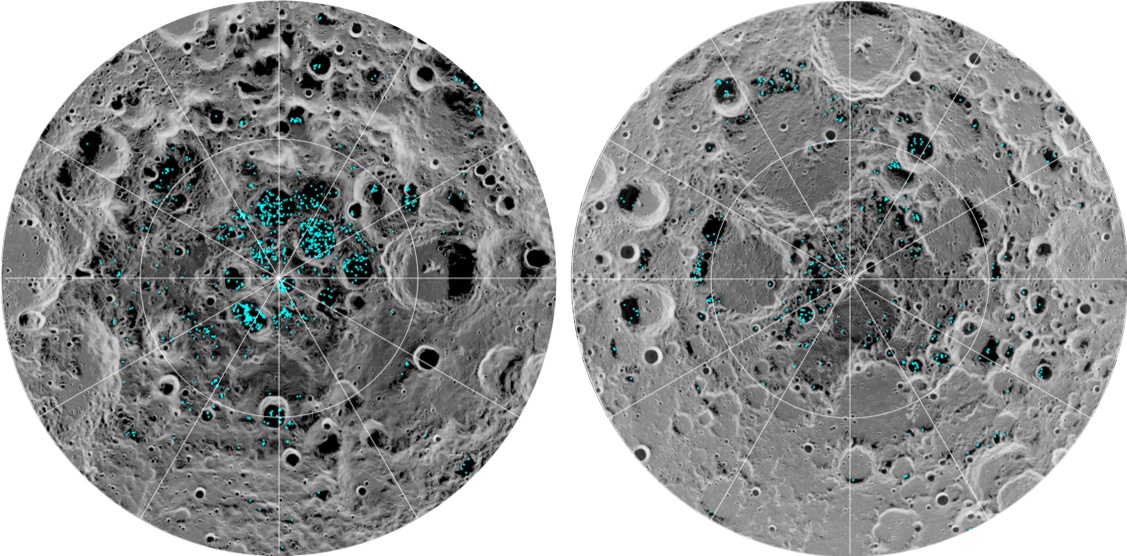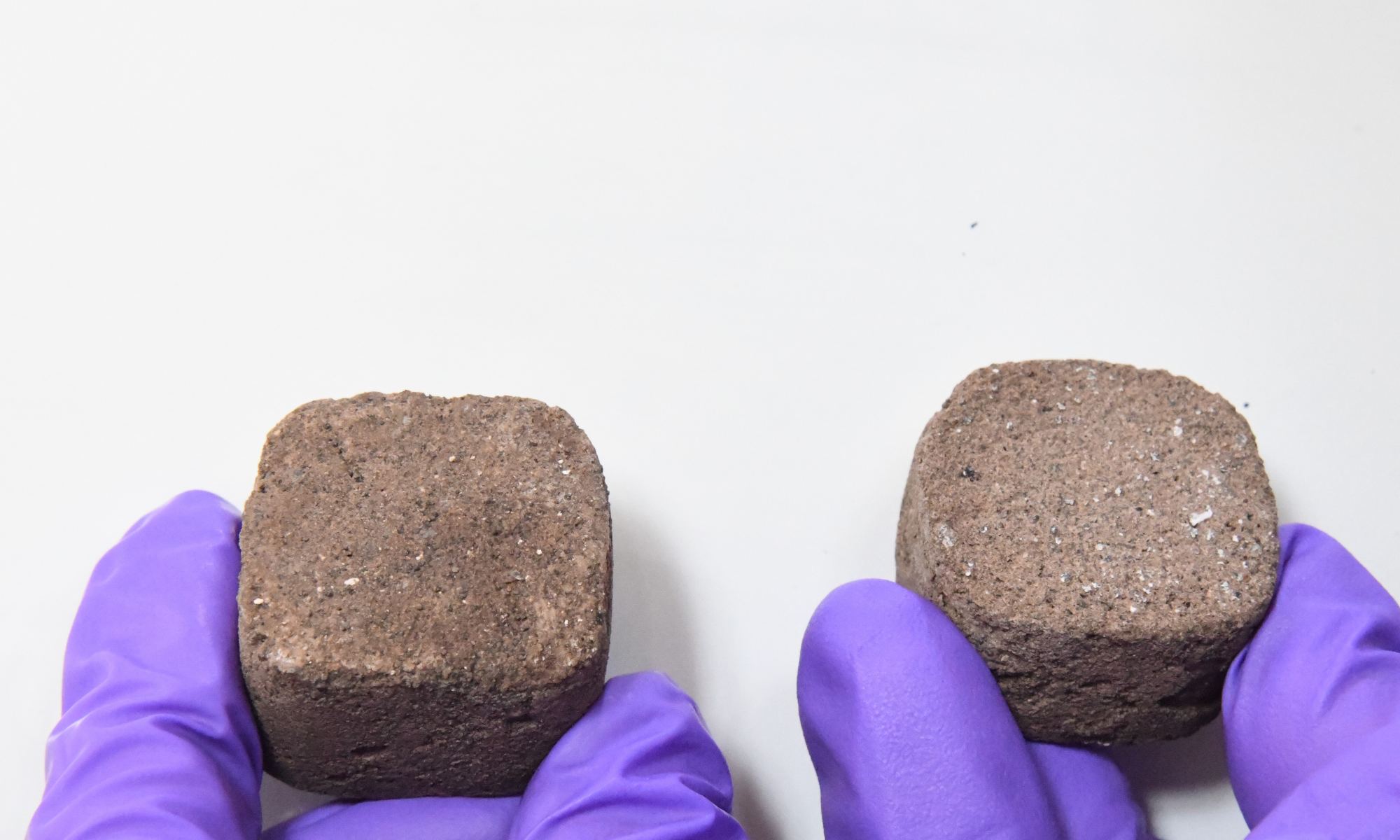In a recent study published in Microbiome, a team of researchers led by NASA’s Jet Propulsion Laboratory conducted a five-year first-of-its-kind study investigating the microbiome (environmental profile) of the International Space Station (ISS). The purpose of the study was to address “the introduction and proliferation of potentially harmful microorganisms into the microbial communities of piloted spaceflight and how this could affect human health”, according to the paper.
Continue reading “The International Space Station Gets a Clean Bill of Health. Despite a Few Opportunistic Microbes, the Station is “Safe” for Astronauts”Would Mark Watney Have Survived in Real Life, and What This Can Teach Us About Sending Humans to Mars
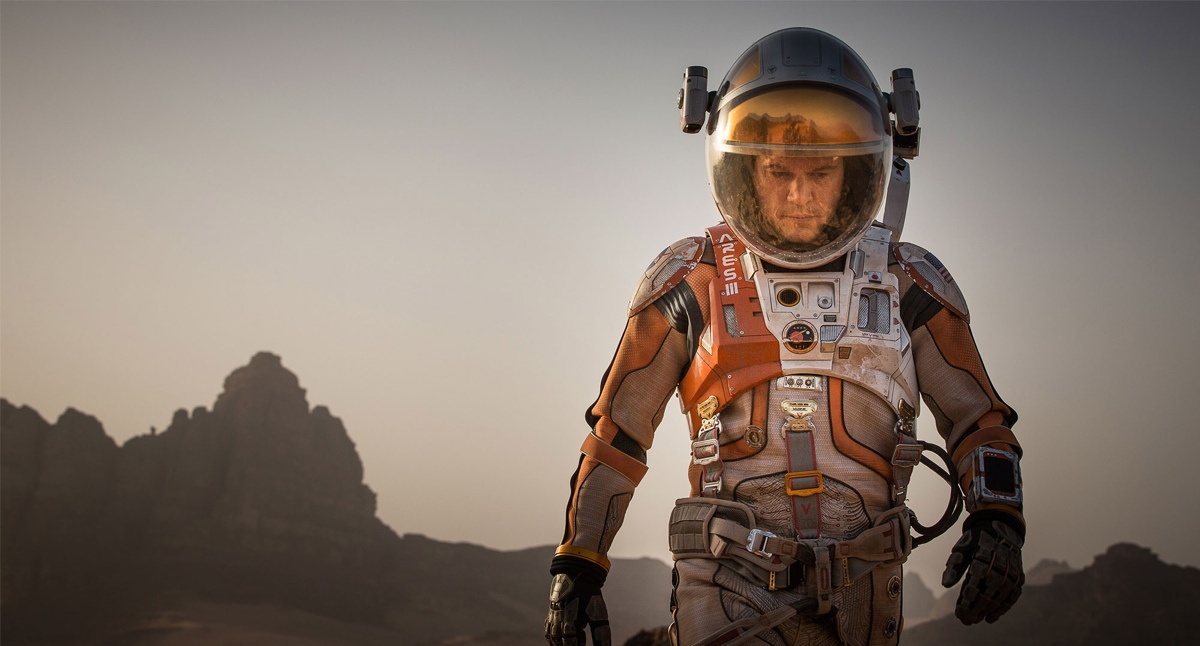
We want to send humans to Mars eventually, and while this will be both a historic and exciting journey, it could also be tragic and terrible, and we must also address the potential pitfalls and risks of such an adventure. The intent behind this is to allow fans of space exploration to consider the full picture of such an endeavor. The good, the bad, and the ugly.
Continue reading “Would Mark Watney Have Survived in Real Life, and What This Can Teach Us About Sending Humans to Mars”Using Virtual/Augmented Reality and Holoportation to Help Improve Mental Health for Future Mars Astronauts
We recently explored how the Apple TV+ series, For All Mankind, gives us a harsh reality check about the harshness of human space exploration. In the show, astronauts struggle, some go crazy, and a lot of them die in the pursuit of planting our flag just a little farther from home. We discussed how while For All Mankind is both science fiction and takes place in an alternate universe, our future Artemis and Mars astronauts will very likely endure the same struggles and hardships as the show’s beloved characters.
When Artemis astronauts finally land on the Moon, they’ll be there anywhere from a few days to a few months. While the Moon is only a few days travel time from Earth, Artemis astronauts may still get a little cranky being stuck in their habitat and unable to go outside without a spacesuit.
Continue reading “Using Virtual/Augmented Reality and Holoportation to Help Improve Mental Health for Future Mars Astronauts”‘For All Mankind’ Gives Harsh Reality Check About Human Space Exploration

* Warning: Mild Spoilers Ahead *
The Apple TV+ series, For All Mankind, just wrapped up Season 3 and is a smash hit for both critics and fans, garnering Rotten Tomatoes ratings of 90% and 81%, respectively. It’s a show that (probably) came about from the Amazon hit, The Man in the High Castle, which depicted a world after the Allies lost World War II, and also garnered favorable ratings of 84% and 81%, respectively, having both fantastic characters and writing.
Continue reading “‘For All Mankind’ Gives Harsh Reality Check About Human Space Exploration”What is ISRU, and How Will it Help Human Space Exploration?

As Artemis 1 prepares for its maiden launch with the goal of putting astronauts back on the Moon’s surface within the next few years, the next question is how will astronauts live and survive its surface? Will we constantly ferry all the necessary supplies such as water and food from Earth, or could astronauts learn to survive on their own? These are questions that a discipline known as ISRU hopes to answer both now and in the years to come. But what is ISRU, and how will it help advance human space exploration as we begin to slowly venture farther away from the only home we’ve ever known?
Continue reading “What is ISRU, and How Will it Help Human Space Exploration?”Astronauts Going to Mars Will Receive Many Lifetimes Worth of Radiation
In a recent study published in Space Physics, an international team of researchers discuss an in-depth study examining the long-term physiological effects of solar radiation on astronauts with emphasis on future astronauts traveling to Mars, to include steps we can take to help mitigate the risk of such solar radiation exposure. The researchers hailed from the United Arab Emirates, New Zealand, India, United States, Italy, Greece, and Germany, and their study helps us better understand the in-depth, long-term health impacts of astronauts during long-term space missions, specifically to Mars and beyond.
Continue reading “Astronauts Going to Mars Will Receive Many Lifetimes Worth of Radiation”The Moon Could Have Gathered Some of its Water from the Earth’s Atmosphere
Our Moon is a fascinating world that has captivated us since time immemorial. Long before the first telescope was invented, ancient humans used the Moon as a calendar in the sky, with evidence that lunar timekeeping was around as early as 25,000, 30,000, and even 35,000 years before the present. Long before humanity had written language, lived in organized cities, and worshipped structured religions, the Moon was one of humanity’s first timepieces. It wasn’t until the telescope was invented that our Moon became an object of scientific curiosity, with the sketches by Galileo Galilei giving us a new perspective on our nearest celestial neighbor. As science advanced, so did our understanding of the Moon. While the Apollo missions were successful in teaching us about the geology of the Moon, it wasn’t until 2009 when the LCROSS impact probe onboard the Lunar Reconnaissance Orbiter deliberately crashed into a dark crater on the Moon’s south pole and detected 155 kilograms of water as it flew through the ejecta plume before ultimately crashing into the lunar surface.
Continue reading “The Moon Could Have Gathered Some of its Water from the Earth’s Atmosphere”Plants can grow in lunar regolith, but they’re not happy about it
NASA is sending astronauts back to the Moon by the end of this decade, and hope to send humans to Mars sometime in the 2030s. Growing food in space using in-situ resources is vital if astronauts are to survive on both the Moon and Mars for the long-term. Growing plants in space using Earth soil is nothing new, as this research is currently ongoing onboard the International Space Station (ISS). But recent research carried out on Earth has taken crucial steps in being able to grow food in space using extraterrestrial material that we took from the Moon over 50 years ago.
Continue reading “Plants can grow in lunar regolith, but they’re not happy about it”Crew-4 is off to the Station
Name someone who at some point in their life didn’t want to be an astronaut. The answer is no one. Ask any kid what they want to be when they grow up and they all say an astronaut. Being an astronaut is the ultimate dream job for everyone of all ages. Why? Because you get to go to space, and there’s nothing cooler than going into space. For context, even if you’re not a sports fan you have watched the Super Bowl at least once in your life. It is one of the most watched and most lauded sports championship games in the entire world, and yet despite all its media attention and halftime shows and all-time great finishes, the Super Bowl still holds a candle to being able to go to space. Eat your heart out, Tom Brady. Going into space is just awesome, and there’s nothing like it.
Continue reading “Crew-4 is off to the Station”Explorers Could Build Bricks on Mars with Bacteria and Pee
The famous Russian rocket scientist Konstantin Tsiolkovsky once said, “Earth is the cradle of humanity, but one cannot remain in the cradle forever.” Tsiolkovsky is often hailed as one of the fathers of rocketry and cosmonautics and remembered for believing in the dominance of humanity throughout space, also known as anthropocosmism. His work in the late-19th and early-20th centuries helped shape space exploration several decades before humanity first walked on the Moon.
Continue reading “Explorers Could Build Bricks on Mars with Bacteria and Pee”
